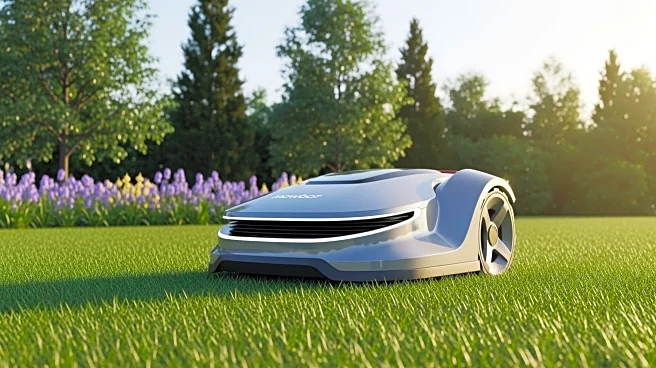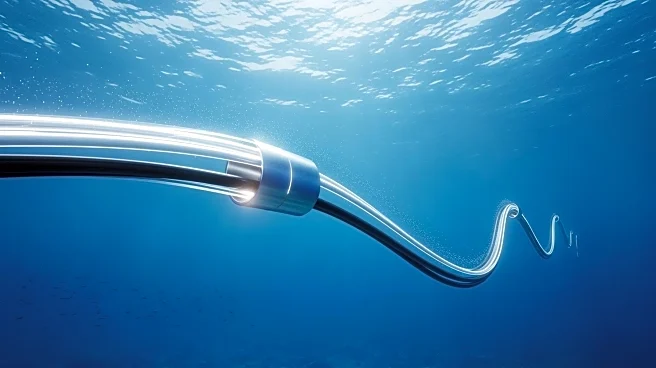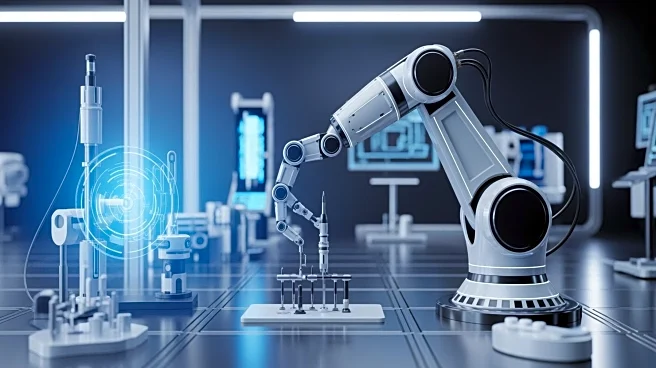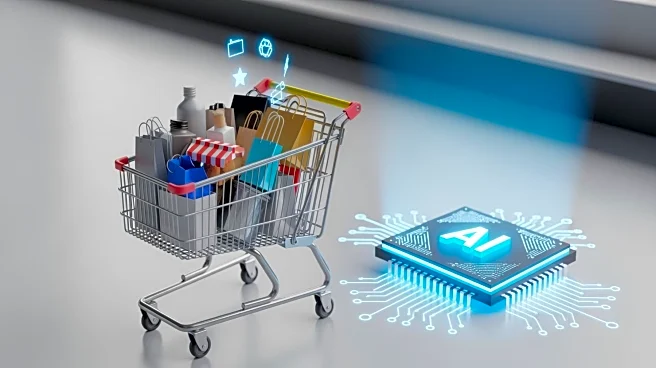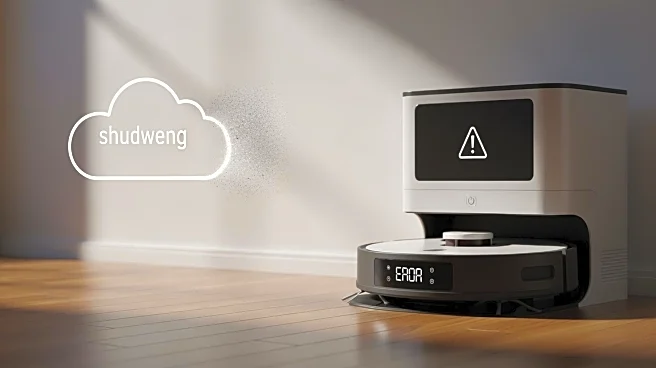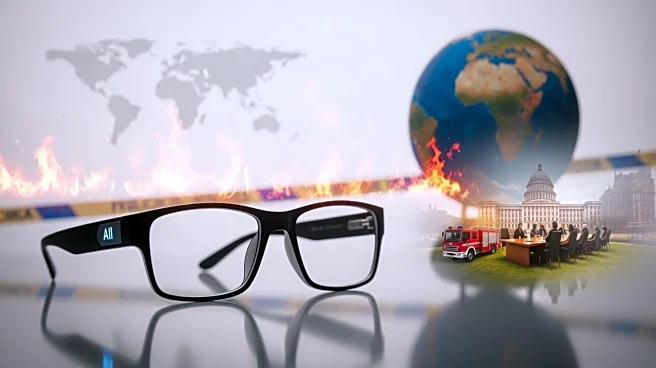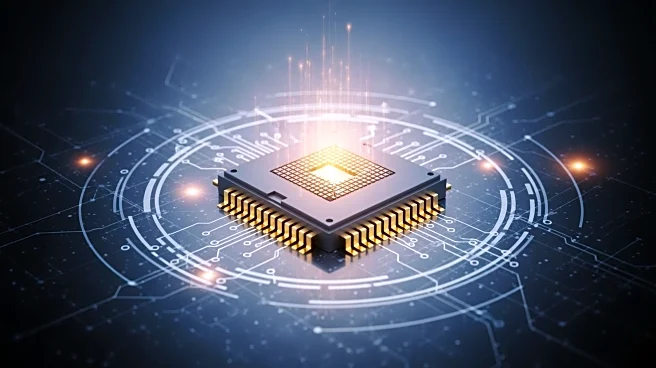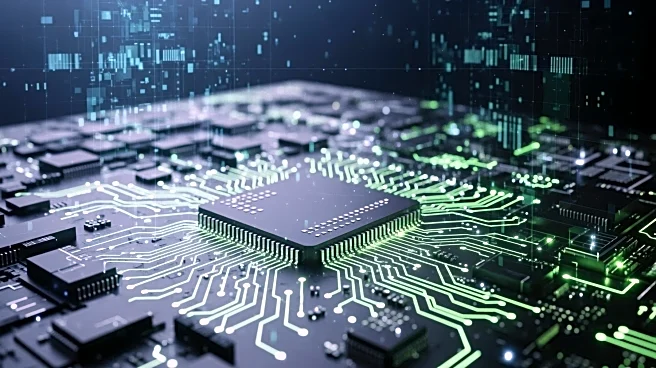What's Happening?
The article discusses the emergence of mowbots, autonomous lawn care devices that utilize advanced technology to simplify the process of maintaining lawns. These mowbots are equipped with features such as GPS navigation, ultrasonic sensors, and camera
object detection, allowing them to operate independently without the need for physical guide wires. The technology has evolved to include mid-tier models like the Mammotion Luba 2 AWD 3000 H, which offers high-lift capabilities and all-wheel drive for better slope coverage. Despite their slow operation compared to traditional mowers, mowbots provide convenience by operating autonomously, freeing up time for users.
Why It's Important?
The introduction of mowbots represents a significant shift in lawn care technology, offering a more efficient and less labor-intensive solution for homeowners. This advancement is particularly beneficial for those with larger properties or limited time for manual lawn maintenance. The technology also aligns with the growing trend towards automation and smart home devices, potentially reducing the reliance on gasoline-powered equipment and promoting environmentally friendly practices. As mowbots become more accessible, they could transform the lawn care industry, impacting manufacturers, consumers, and the environment.
What's Next?
As mowbot technology continues to develop, it is likely that more affordable models with advanced features will become available, increasing their adoption among consumers. Manufacturers may focus on improving precision and obstacle detection capabilities to enhance performance in complex landscapes. Additionally, the integration of lidar technology, although currently expensive, could become more widespread, offering even greater accuracy and efficiency. The market may also see increased competition as more companies enter the space, driving innovation and potentially lowering costs.
Beyond the Headlines
The rise of mowbots may have broader implications for the labor market, particularly for those employed in traditional lawn care services. As automation becomes more prevalent, there could be a shift in demand for manual labor, prompting workers to adapt to new roles or industries. Furthermore, the adoption of mowbots raises questions about data privacy and security, as these devices often rely on cloud-based systems for operation. Ensuring the protection of user data will be crucial as the technology becomes more integrated into everyday life.
